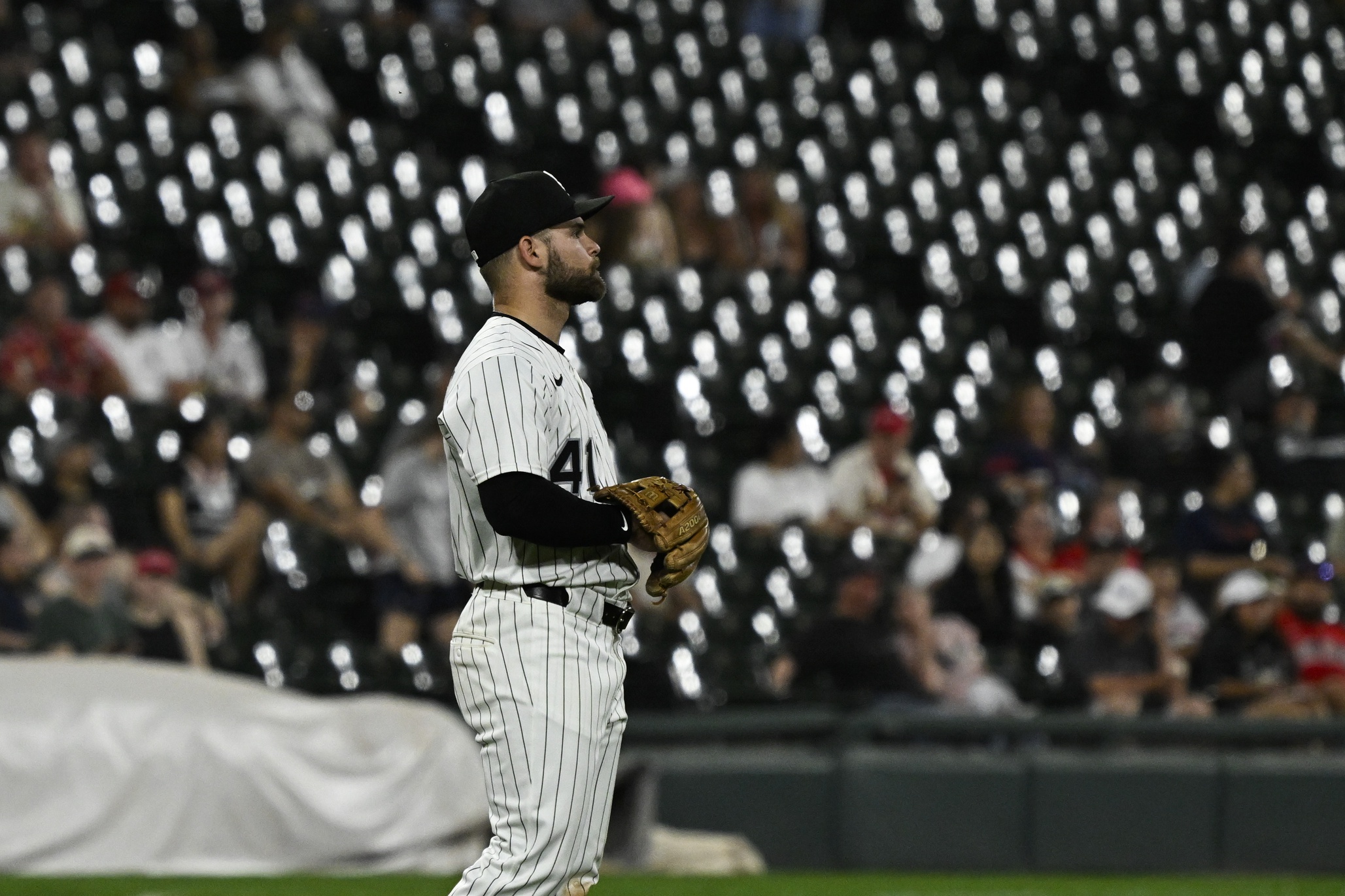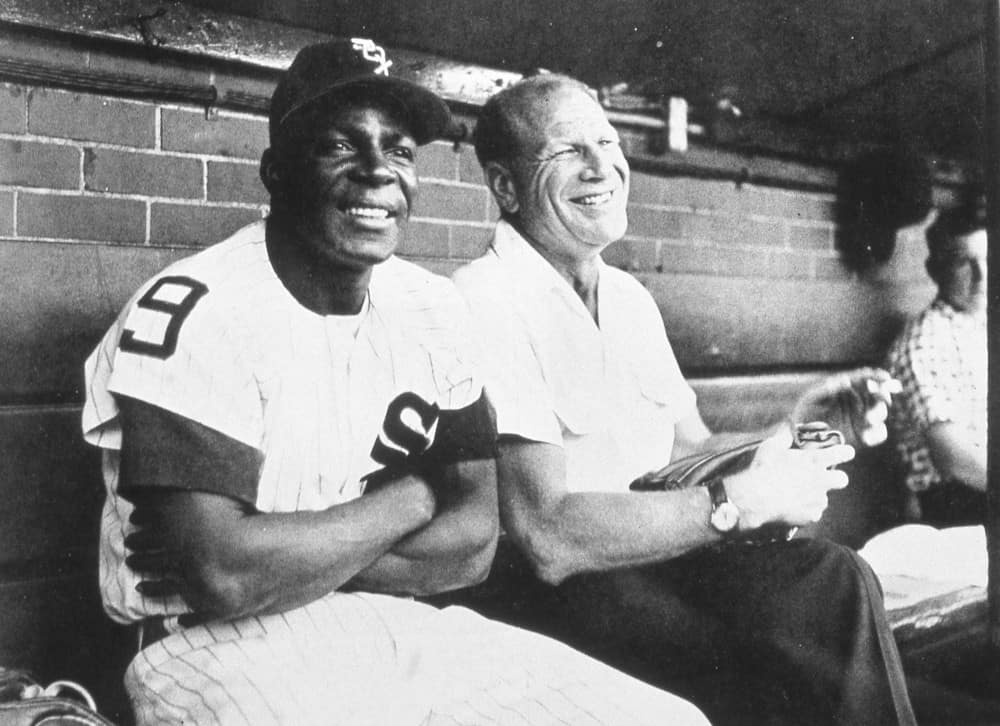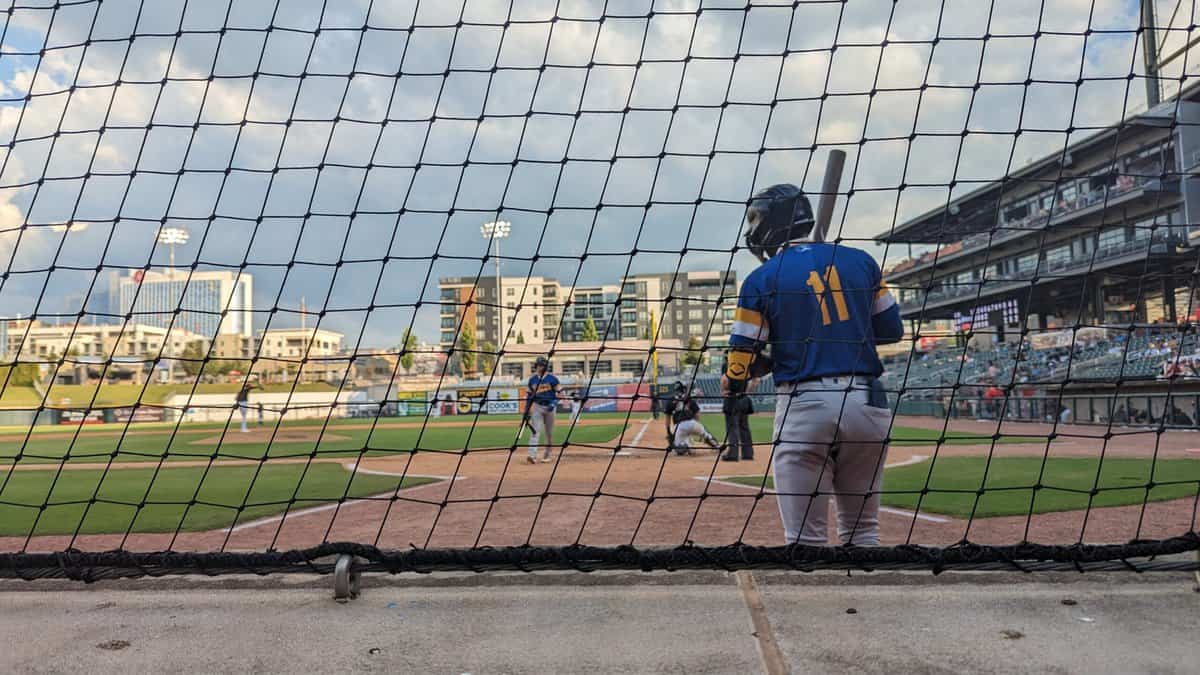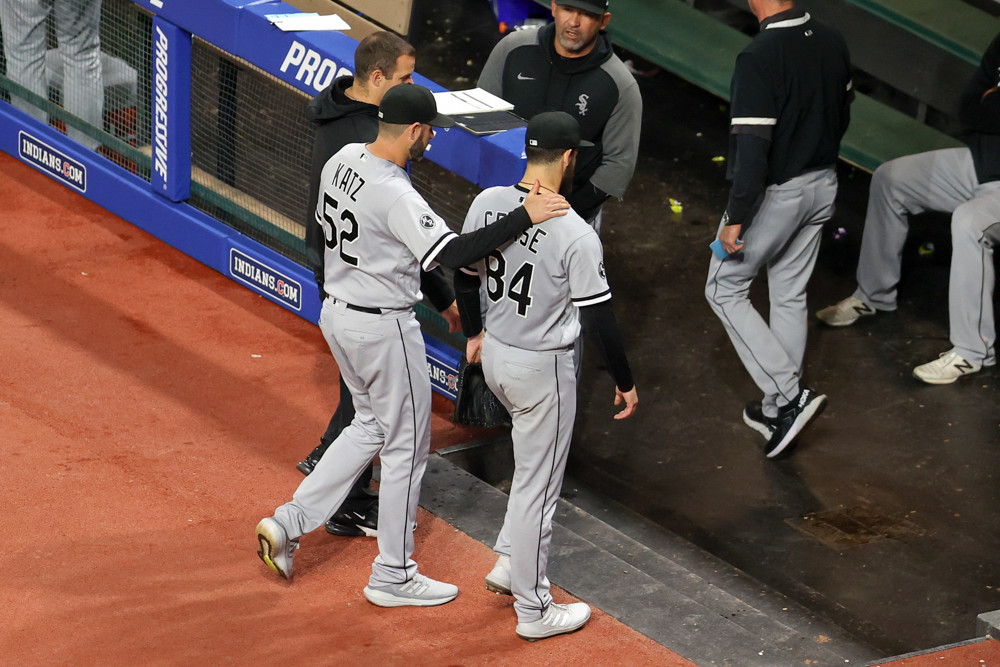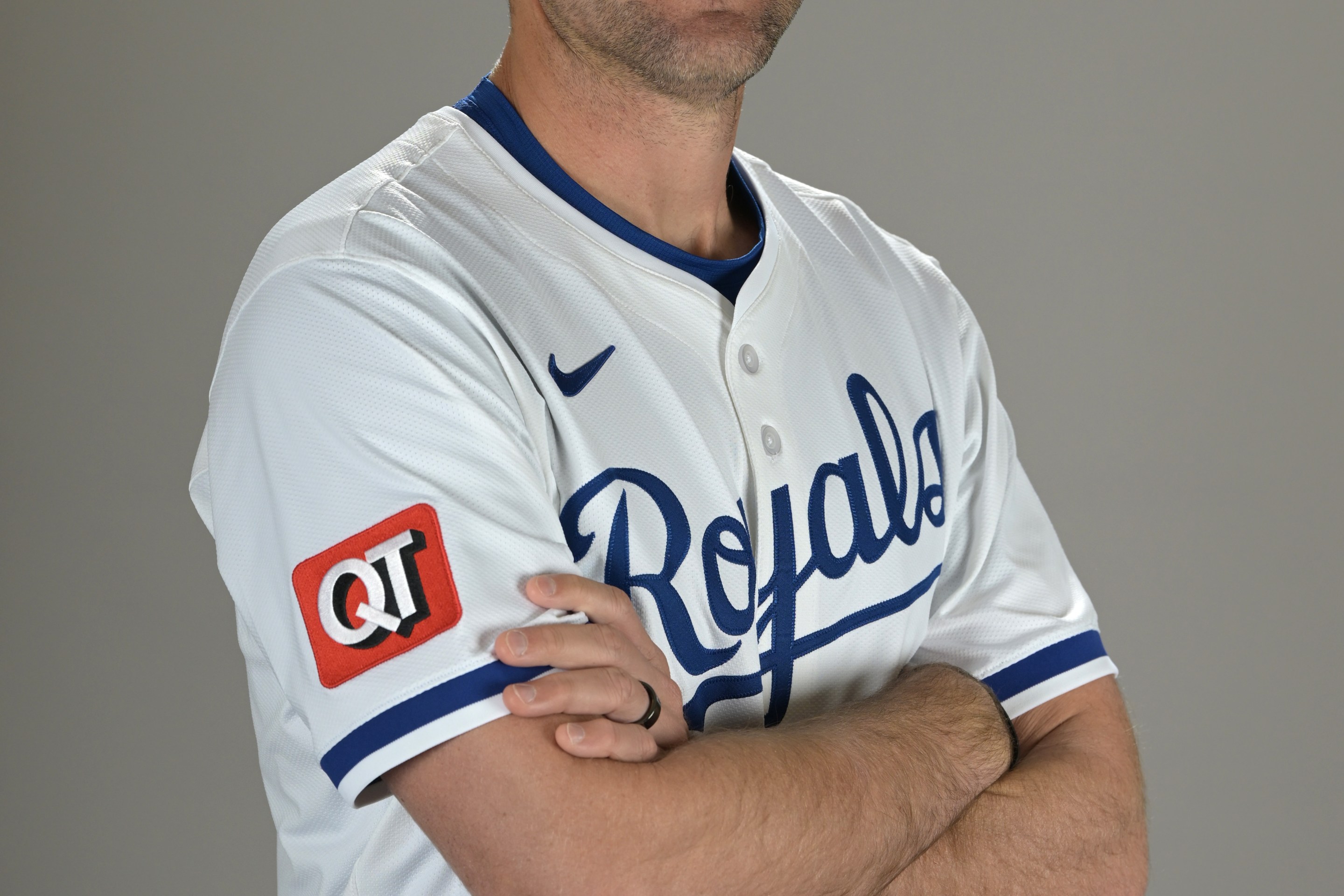On a major league roster -- or even the White Sox's roster -- Vinny Capra is most effective as a fire extinguisher. He provides a measure of security in the event of calamity, but if you're using him every other day, you should probably reevaluate your processes before the fire marshal does it for you.
When the White Sox called up Capra in mid-May and gave him five total plate appearances over his first 10 days on the roster, his purpose was clear and unique. He was around to provide competent defensive play option at a whole host of positions after the dust settled from all of Venable's other in-game substitutions. It doesn't make sense for a player like Brooks Baldwin, optioned to Charlotte a couple days later once Austin Slater returned, to rust himself fixed to a major league bench. For a guy like Capra, who turns 29 in a couple of weeks and is in the middle of his fourth major league audition for his fourth different organization, every day on a 26-man roster is a blessing.
Initially, the shift benefited both. Baldwin, who was the White Sox's least productive hitter in May amid fierce competition, looked rejuvenated by the demotion, hitting .380/.437/.734 over 19 games at the top of Charlotte's order. Capra made appearances in half of his first 18 games on the White Sox roster, even if he only started three of them. He went 2-for-16 during this time, but the production is besides the point.
But with somebody like Capra, "besides the point" is where the production has to remain. Instead, Capra's playing time has crept up in June, including starts over four of his last six games. Venable possesses at least some awareness of the slippery slope on some level.
"We have been trying to get him involved, it just hasn’t really worked out with where our roster was at," Venable said on Friday at the start of the Rangers series. "Prioritizing defense a little bit here and with where we’re at, it’s just sort of been that he’s been in there for three days. It isn’t as intentional as coincidental. But happy when he’s in there because it’s above-average defense. And hopefully here, having played three days in a row, we see a little bit more at the plate, too."
While "it isn't as intentional as coincidental" is a concession to reality, he also put himself in the position where he's hoping to see "a little bit more at the plate" from a .122 career hitter, and down that path is where Jake Amaya-type madness lies. When somebody like Capra, like Amaya before him, is playing more often than not -- and for a team that's lost six in a row and is on pace for 110 losses -- it starts to naturally draw attention to who might be a better use of those starts.
And so the conversation naturally turns back to Baldwin, who was limited to three late-game plate appearances (and struck out each time) during his four days on the roster between the DFA of Joshua Palacios and Lenyn Sosa's return from the IL. He then returned to Charlotte, where he promptly went 3-for-3 with two homers, a triple and a walk on Wednesday.
Baldwin is now hitting .402/.462/.841 over 92 plate appearances at Charlotte, which makes it natural to wonder why the White Sox are prioritizing guys with known, lower ceilings like Capra and Josh Rojas. At the same time, I think there's something telling about the Triple-A version of Baldwin effectively being twice as good as the MLB version:
| Level | PA | BA | OBP | SLG | BB% | K% | GB% |
|---|---|---|---|---|---|---|---|
| AAA | 92 | .402 | .462 | .841 | 8.7 | 14.1 | 39.1 |
| MLB | 145 | .211 | .252 | .323 | 4.8 | 28.3 | 50.5 |
I'm inclined to give the White Sox some benefit of the doubt, if only because their skepticism of Tim Elko's major league viability in spite of his Triple-A production has prevailed, at least for the time being. Elko had one of the league's lowest out-of-zone contact rates during his time in the majors, which reduced his margin for error on pitches in the strike zone beyond the capability of his barrel control.
While Baldwin couldn't be more different from Elko in most regards, he's running into a similar sort of wall. My sense is that Baldwin thrives against pitchers who have their own issues to iron out. He offers outstanding plate coverage and the ability to make quality contact in all directions, and if he's facing somebody who's merely concerned about getting ahead of the count, he can ambush them for so, so many first-pitch homers.
At the major league level, when game plans are more designed on defeating hitters than developing arms, pitchers can rather easily deploy a form of judo against Baldwin's aggression as they learn more about it.
For instance, in a game against Minnesota on April 1, Baldwin spanked a shoulder-high 1-2 fastball from Simeon Woods Richardson back through the middle for an RBI single, and sounded rather comfortable in his process for being ready for such a pitch out of the strike zone:
"It's just something I worked on a lot this offseason, just being able to get on top of the high pitch and kind of use my top hand a little more to be able to hit those balls when I need to," Baldwin said. "It's been a lot better than last year so far. First couple at-bats weren't what I've been working on this offseason. Right before I went up for my third at-bat, Marcus [Thames] said just hold [my posture] a little longer, so I think it helped put a little cue in my head to stay on the ball a little longer."
That came to mind when watching Baldwin's most recent MLB plate appearance end on a 1-2 fastball from Rangers reliever Luke Jackson that was even higher and further away:
Baldwin might possess the ability to get his barrel on all sorts of pitches, but when it comes to MLB-quality arsenals, discretion will have to become the better part of valor. As a telling result, even Baldwin's mechanical adjustments -- getting deeper into his crouch so that his head stays still for longer -- are aimed at improving his pitch selection.
Baldwin should be a major leaguer in time. It's just that getting there will probably require a more frustrating, profound process beyond physical tweaks. Nobody wants to hear this, but his development curve reminds me of Leury García, in that it took years for him to bring MLB pitchers in the zone enough so that his approach looked like more than aimless hacking. He was able to ride out his offensive woes by always making himself useful, covering upwards of six positions for mostly miserable teams, which explains why the White Sox are panini-pressing Baldwin into all sorts of positions that look unnatural. They know their roster is going to be thin for years, so it's understandable why they want him to be a top-two option at five positions than the best option at one.
That's fine for the big picture, but it helps make the immediate picture a dismal one, because both of the choices are fraught. The lifecycle of Palacios tells us there's no greater reward to procrastinating with a cast-off like Capra, but the concept of blasting Baldwin through his learning curve is easier in theory than practice, especially while the team is already struggling to absorb Lenyn Sosa's shortcomings on both sides of the ball. Maybe you can simplify the discussion by saying a roster that's taking on water doesn't have as great of a need for a fire extinguisher, but ships can burn and sink at the same time.
